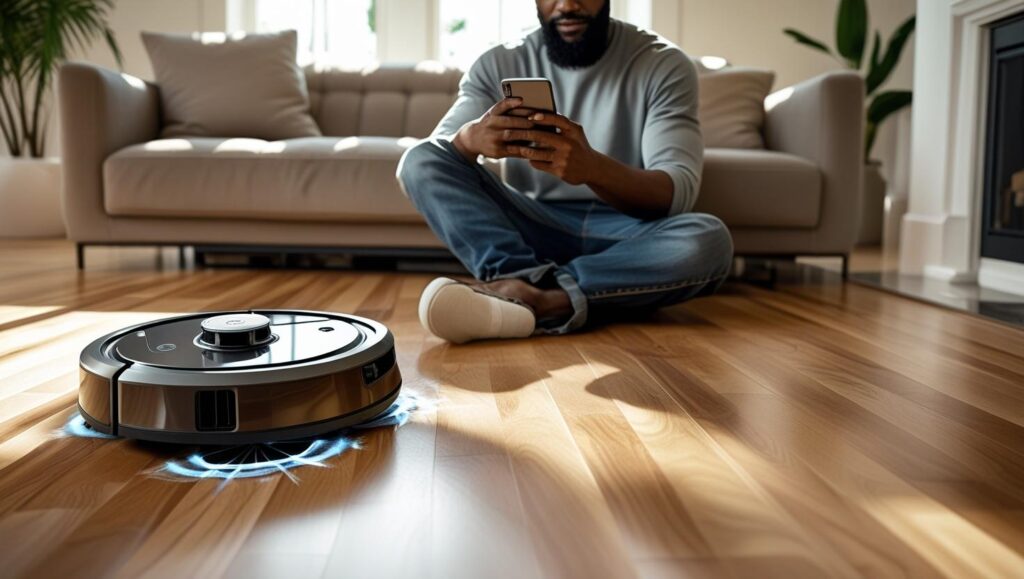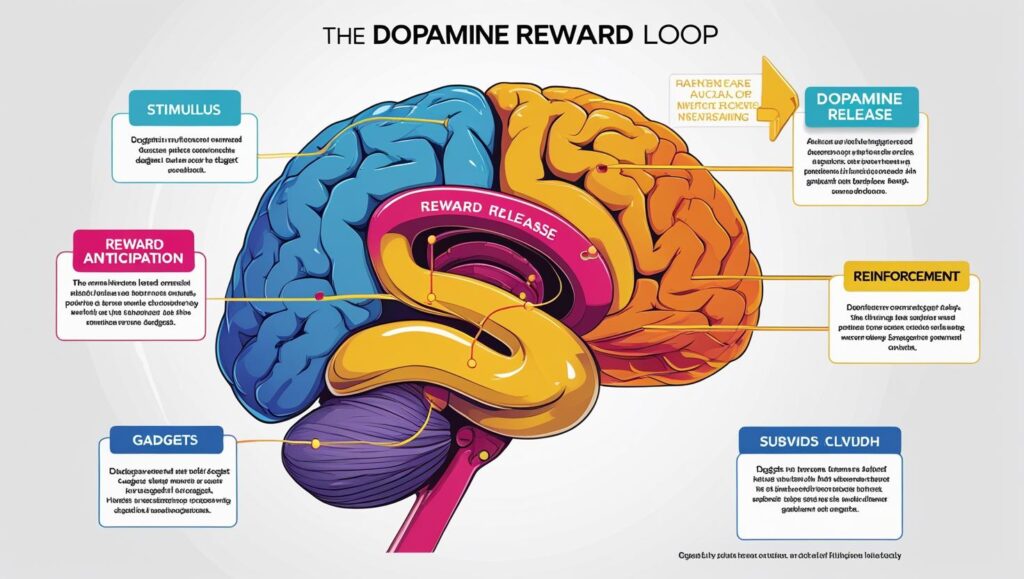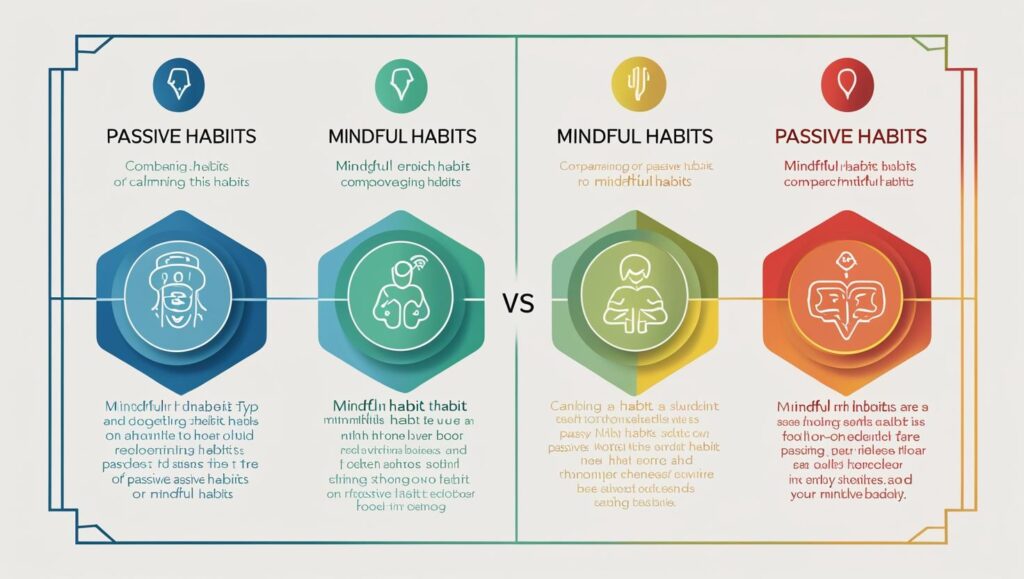Introduction: Welcome to the Effortless Era
Wake up. Lights turn on automatically. Curtains glide open. Your smart speaker says “Good morning” and lists today’s schedule. The thermostat adjusts to your comfort. Your favorite coffee? Already brewing.
Welcome to 2025—a time when smart homes are no longer luxuries. They’re normal.
Smart homes are becoming the norm in many households, changing how we interact with our living spaces every day.
But as our lives get easier, something else happens quietly.
We move less. Think less. Plan less.
And suddenly, a tough question creeps in:
Are gadgets making us lazy?
This blog unpacks how tech transforms our habits—for better or worse—and how to stay in control of your life in a world where everything is done for you.
🧠 1. What Is a Smart Home (And Why We Love It)
A smart home uses internet-connected devices that automate everyday tasks—from lighting and climate control to cooking and security.
Examples include:
- Smart thermostats (e.g., Nest)
- Voice assistants (Alexa, Google Assistant)
- Robot vacuums (Roomba)
- Smart fridges, ovens, air purifiers
- Video doorbells and security cameras
These gadgets are designed to save time, increase comfort, and make life more convenient.
And it works.
📊 According to Statista, the global smart home market is projected to reach over $182 billion by 2025.
But is all this comfort coming at the cost of our energy and motivation?
🪑 2. Physical Inactivity: The Hidden Side Effect

Let’s be honest. Many smart devices are created to eliminate minor physical effort.
- Smart vacuums clean your floors
- Smart lights turn on/off with voice or automation
- Smart fridges track groceries
- Smart ovens cook meals while you relax
- Smart beds adjust while you sleep
Individually, these feel like small wins. But collectively, they remove natural physical movement—what scientists call NEAT (Non-Exercise Activity Thermogenesis).
💬 “Sitting is the new smoking” is more true than ever in a home where everything is automated.
And with fewer reasons to move, we’re becoming more sedentary, even without realizing it.
🔁 It Adds Up:
- Fewer steps = fewer calories burned
- Less movement = stiffer joints, slower metabolism
- Less activity = long-term health issues
🏡 Even simple acts like flipping a switch or sweeping the floor used to contribute to your daily energy burn. Now? Replaced by Wi-Fi.
🧩 3. Mental Laziness: Outsourcing Your Brain

The more we rely on gadgets to remember and decide for us, the less we train our own brains.
Think about it:
- Smart assistants remind you of tasks
- GPS tells you how to get everywhere
- Apps tell you when to drink water, sleep, or rest
- Auto-responders handle messages for you
This sounds efficient—but your brain isn’t being challenged.
🧠 Mental skills like memory, decision-making, and planning get weaker when unused.
📉 Effects of Mental Outsourcing:
- Reduced problem-solving skills
- Shortened attention span
- Lower patience for complexity
- Increased reliance on instant feedback
🔁 4. The Dopamine Trap: Addicted to Ease

Smart gadgets not only make life easier—they make it more rewarding.
Every voice command answered…
Every task completed without effort…
Every automatic convenience…
Triggers your brain’s reward system. That’s dopamine.
And dopamine is addictive.
You begin to crave more convenience, more automation, more instant results. You expect life to feel effortless.
🧠 But real growth comes from discomfort—not convenience.
⚠️ Problem:
You stop seeking challenge.
You avoid effort.
You resist doing anything that’s not “easy.”
This creates a lazy loop—reinforced by the very tools that were supposed to improve your life.
⛓️ 5. The Erosion of Self-Discipline
Self-discipline is like a muscle. If you stop using it, it weakens.
Every time you let a gadget make a decision for you, you’re outsourcing your self-control.
Examples:
- Used to wake up early on your own? Now rely on a smart alarm that analyzes your sleep.
- Used to write your own shopping list? Now your fridge does it.
- Used to walk to adjust the thermostat? Now you use your phone.
Over time, you stop building habits and start depending on systems.
The rise of smart homes means more automation, but it also raises questions about how much control we’re giving up.
🚫 Convenience becomes a crutch.
✅ Control becomes optional.
📶 6. Not All Tech Is Bad: Use It With Intention
Let’s clear this up: Smart gadgets aren’t the enemy.
They’re tools.
Like any tool, they can help—or harm—based on how you use them.
✅ Smart tech can be positive when:
- It enhances focus (e.g., apps like Forest or Notion)
- It tracks health (e.g., fitness trackers, sleep monitors)
- It reduces decision fatigue so you can focus on creative work
The problem starts when you stop questioning your dependency.
“Just because it’s easier doesn’t mean it’s better.”
🧘♂️ 7. 7 Smart Habits to Stay Active in a Smart Home
While smart homes offer incredible convenience, it’s important to balance this with habits that keep us physically and mentally active.

Here’s how to live with tech—without losing your edge:
1. Set Digital Boundaries
Create zones in your home where no smart gadgets are allowed—like your bedroom or dinner table.
2. Manually Complete Simple Tasks
Once in a while, turn off the lights yourself. Sweep the floor. Water the plants.
3. Create “No-Gadget” Hours
Designate time each day to go screen-free or automation-free.
4. Reintroduce Friction
Make yourself work for small wins. Don’t default to instant answers.
5. Track Real Effort
Use a journal or tracker to measure actual tasks done without tech.
6. Engage in Analog Activities
Write with pen and paper. Cook from scratch. Take handwritten notes.
7. Question Every Shortcut
Ask: Is this saving me time, or making me weaker?
One simple way to rebuild discipline and stay intentional in a tech-driven world is through micro-journaling—5-minute daily rituals that help you reflect and reset your habits.
🌍 8. A Future to Watch—And Shape
As AI and automation grow, the world will only get smarter.
But if we’re not careful, we’ll become passive participants in our own lives—watching screens while machines do everything.
The challenge isn’t avoiding tech. It’s using it consciously.
Your smart home should serve you—not replace you.
Adopting smart homes doesn’t have to mean losing our drive—when used intentionally, these technologies can support healthier routines.
Choose to stay active, curious, and disciplined in an automated world.
Conclusion: Final Thoughts on Smart Homes and Laziness
Smart homes have undeniably transformed our daily lives by offering comfort, convenience, and efficiency. However, as technology becomes more ingrained in our routines, it’s crucial to stay mindful of the habits we develop. While smart homes can sometimes encourage laziness by automating tasks, they also hold the potential to support healthier, more intentional lifestyles—if we choose to use them wisely.
The key is balance. Embracing smart homes without losing motivation or physical activity means setting boundaries and actively engaging in habits that keep us productive and energized. By understanding the impact of gadgets on our behavior, we can make smarter choices that enhance both convenience and well-being.
In the end, smart homes are tools—not masters. When used thoughtfully, they can empower us rather than make us lazy. So, as you navigate the world of smart technology, remember to stay active, curious, and in control.
